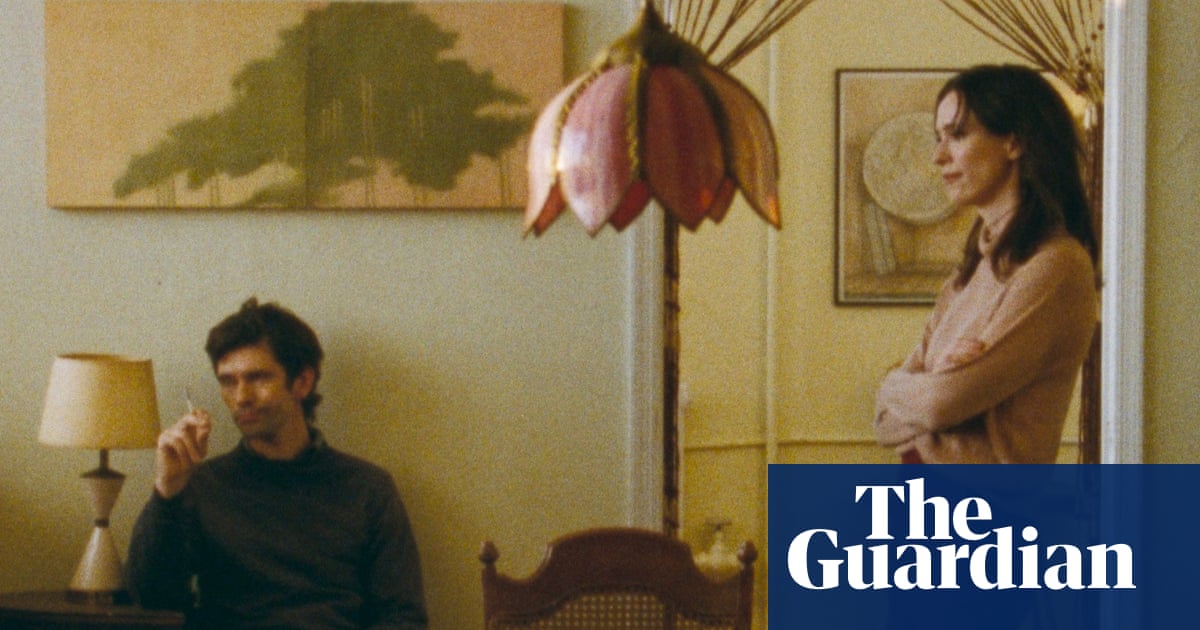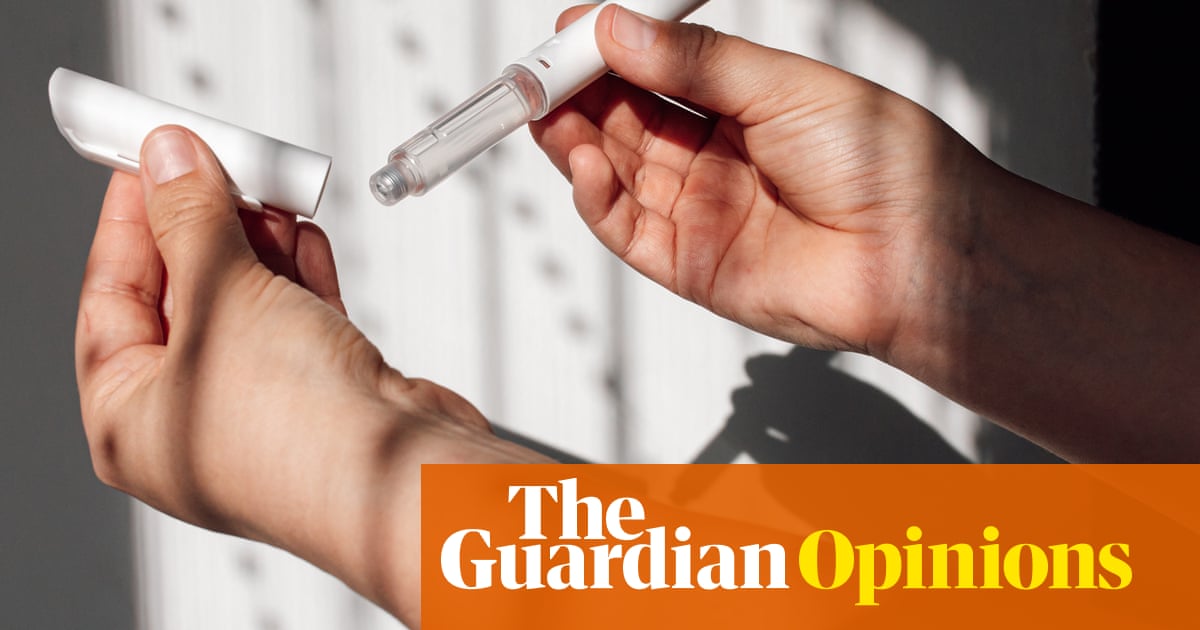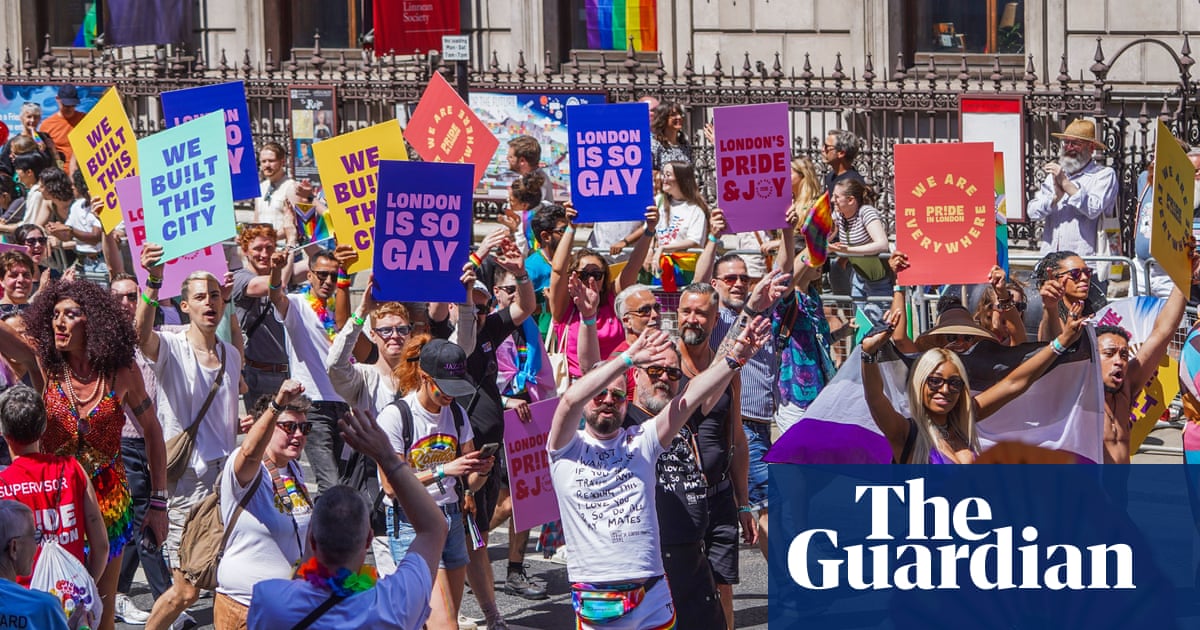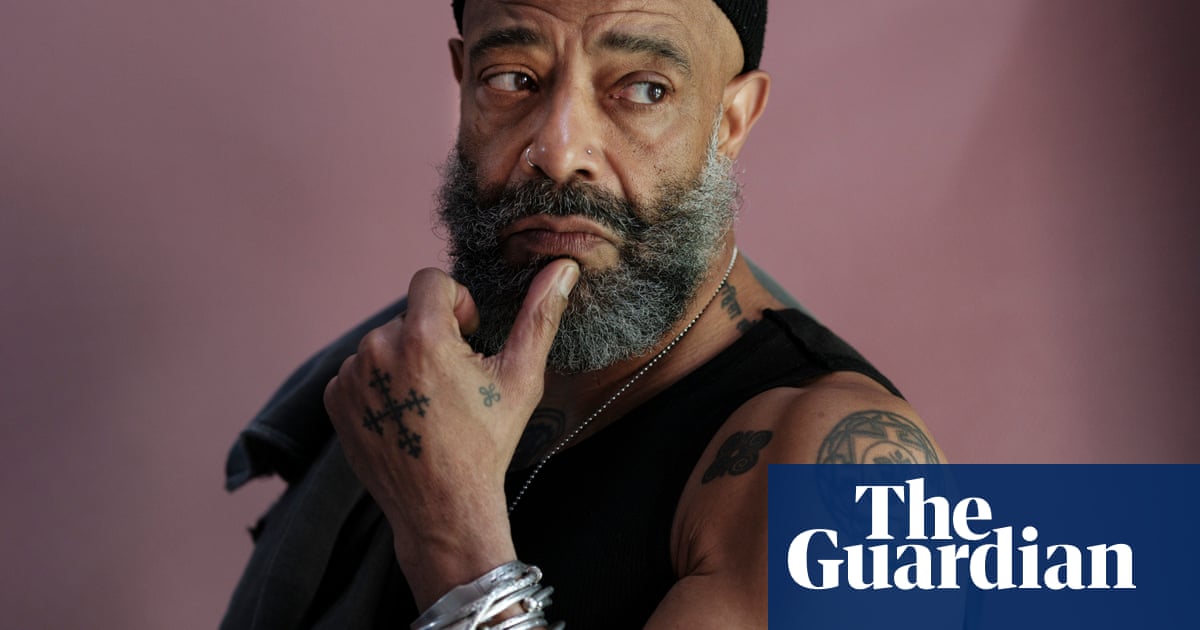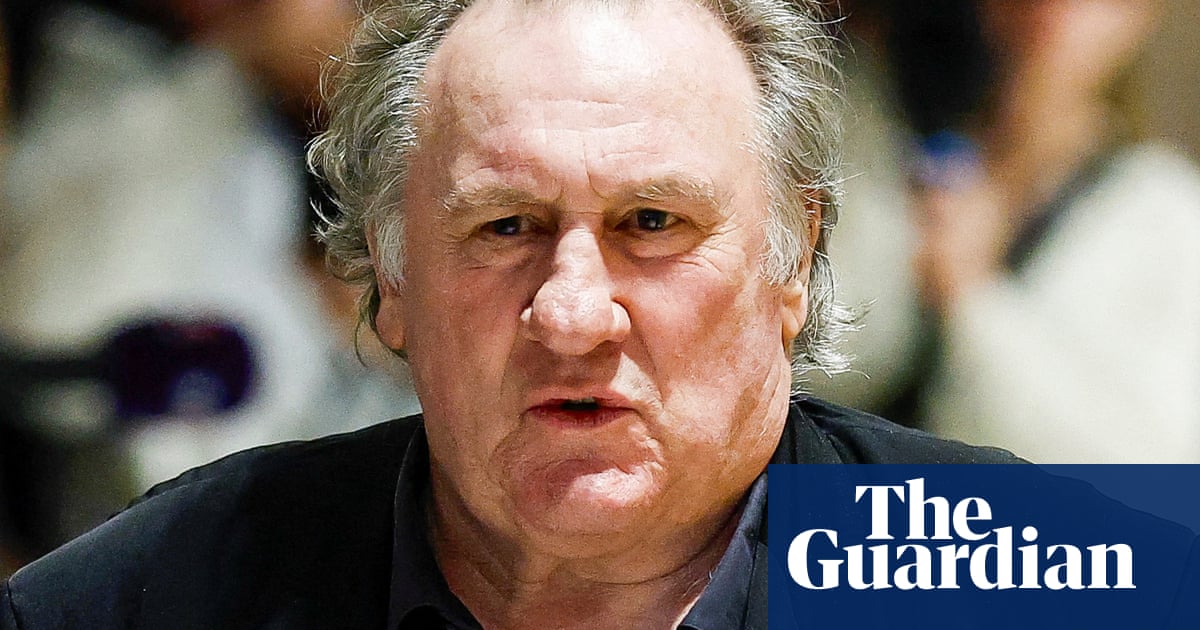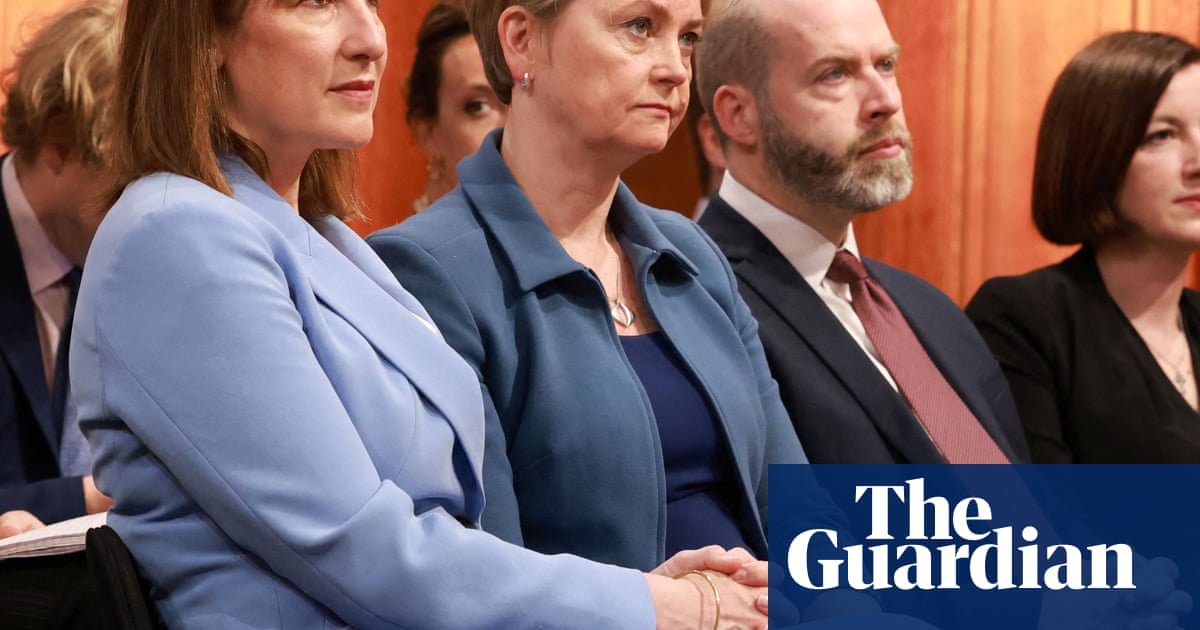The pioneering art curator Koyo Kouoh has died at the age of 57. Kouoh, the first African woman to be named artistic director of the Venice Biennale, died on 10 May – just days before the title and theme of the 61st edition of the art biennale were due to be revealed. A statement on the organisation’s website said her death leaves “an immense void in the world of contemporary art” and that she had worked “with passion, intellectual rigour and vision on the conception and development of the Biennale Arte 2026”.
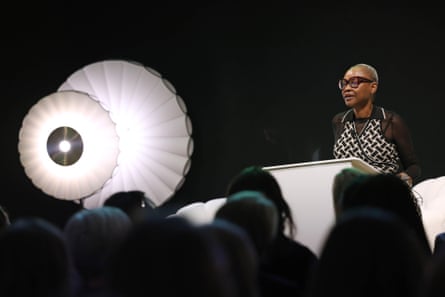
Born in Cameroon, Kouoh gained global attention for her role in championing African artists, most recently as the executive director and chief curator of Zeitz Museum of Contemporary Art in Cape Town (Zeitz MOCAA).
In a piece she wrote for the Guardian soon after she was announced as curator of the biennale – published for the first time below – Kouoh said that the most important aspect of the role was in opening the door for other women. “My vision is for a future where such milestones are no longer remarkable, simply because so many others have followed.”
Below is her piece in full.
“For too long, the global art world – and the world at large – has been dominated and shaped by Euro-American perspectives, often at the expense of a more complete and nuanced understanding of art movements from the rest of the world. The increasing presence of African and Afro-diasporic artists at leading biennales and institutions – including Tate Modern’s growing African art collection – signals a recent but long-overdue shift.
When We See Us: A Century of Black Figuration in Painting, originally conceived and exhibited by MOCAA in Cape Town before travelling internationally, is the most comprehensive exhibition dedicated to Black self-representation yet. But while moments like this mark progress, true equity requires more than visibility: it demands engagement that reflects the full depth and complexity of artists and their work.
As I prepare to curate the 61st Venice Biennale in 2026, these questions of equity, visibility, interconnections and artistic vision will undoubtedly colour my approach. The stories I want to highlight go beyond art – they are about people, societies, and the ways in which our histories and futures are intertwined. What happens in Dakar resonates in Kuala Lumpur, just as shifts in Kuala Lumpur will echo in Seoul. The biennale offers a rare platform to explore these connections, dismantle barriers, and illuminate the cultural threads that bind us.
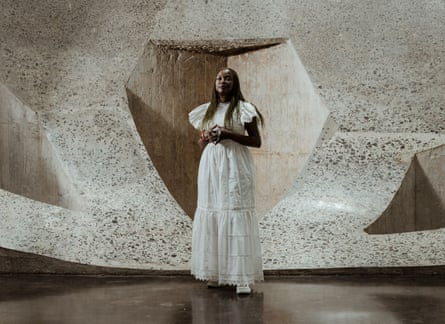
Throughout my time as executive director and chief curator of Zeitz MOCAA, I have worked to ensure the museum remains a space for meaningful engagement – a platform that not only celebrates African and Afro-diasporic voices but also challenges reductive narratives about the continent and its art. Exhibitions such as Home Is Where the Art Is (2020) exemplify this approach. By inviting artists and community members from Cape Town to contribute their works to it, we redefined the relationship between the museum and its local context, breaking down barriers to access and fostering a sense of shared ownership.
Also at the heart of my work is a commitment to amplifying under-represented practices, particularly those of African women. Much of my curatorial approach is rooted in a feminist perspective that is informed by Black ancestral feminism. This has guided me to develop strong, meaningful relationships with female artists and collaborators, whose voices and visions resonate with my philosophies. I deeply appreciate figures such as Nigerian-born Otobong Nkanga, whose work invites dialogue around the relationships between people and nature, and Kenyan-American visual artist Wangechi Mutu, who reimagines African femininity through a futuristic, mythological lens. They exemplify the richness and complexity of African women’s artistic contributions.
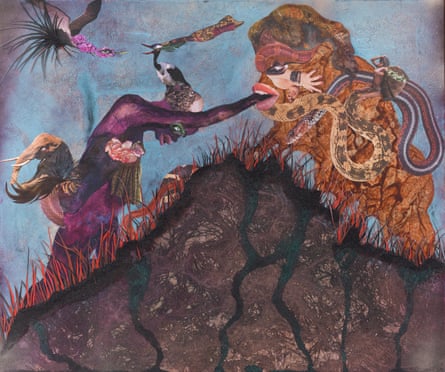
I admire Ethiopian-American contemporary visual artist Julie Mehretu’s monumental, multilayered abstract paintings. Rich with historical references, they provide powerful commentaries on migration, displacement and global interconnectedness. These artists don’t just reflect the world as it is; they reshape how we perceive it.
after newsletter promotion
Beyond these established figures, I am just as inspired by a younger generation of women artists pushing the boundaries of contemporary art from African and Afro-diasporic perspectives. Tabita Rezaire fuses spirituality, technology and healing practices to defy conventional artistic categories; Tiona Nekkia McClodden’s deeply personal explorations of identity, race and queerness push against the limitations of institutional frameworks; Sandra Mujinga’s sculptures and video-based work challenge our understanding of presence and absence; while Precious Okoyomon’s installations bridge poetry, nature and historical reflection to create new perceptions. These artists remind us that the future of art is not just about visibility – it’s about transformation.
My role curating the biennale is about reshaping how we engage with artists and their work. Who gets to shape the narrative of contemporary art? Who defines its value? And how do we build systems that support artists beyond the fleeting moment of a biennale? These are just a few of the questions that will guide me.
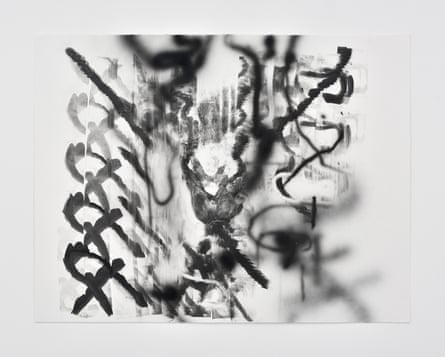
Mentorship is also key to this process. Not in a hierarchical sense, but in fostering environments where younger professionals feel seen, supported and empowered. Whether curators, writers or artists, the next generation must not only inherit a more inclusive and nuanced art industry but also have the agency to shape it on their terms.
Ultimately, my role as the first African woman to curate the biennale is not about personal legacy. While I recognise the significance of being the first African woman to hold this position, I hope my appointment sets a precedent rather than becoming an exception. My vision is for a future where such milestones are no longer remarkable, simply because so many others have followed. The real measure of progress is not in being first but in ensuring the door remains wide open for those who come next.”

.png) 5 hours ago
4
5 hours ago
4


